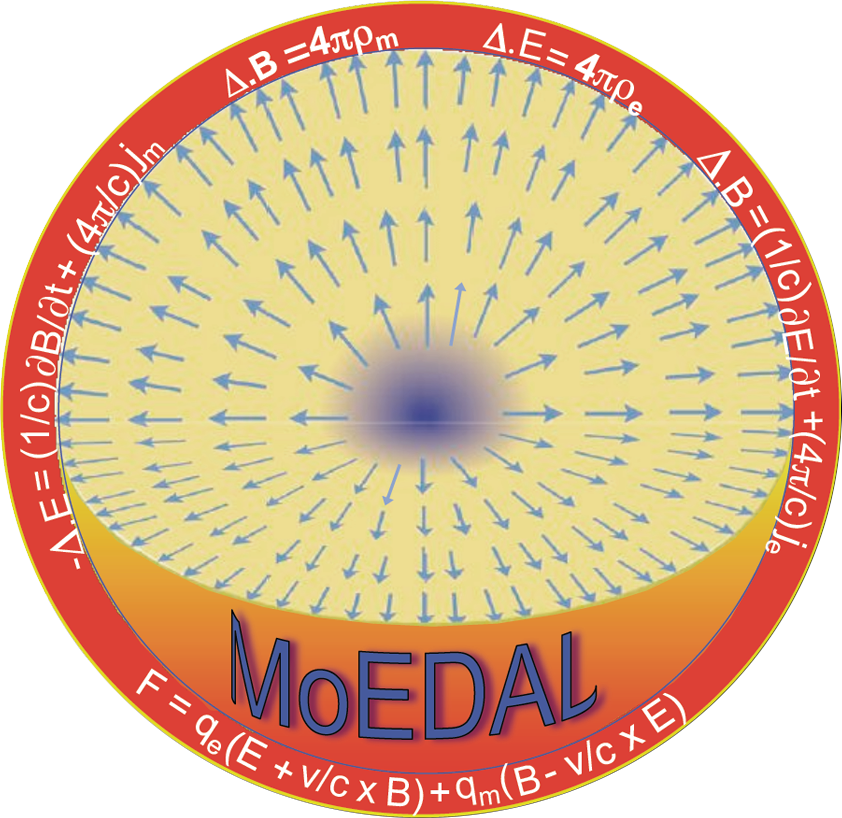The search for highly ionizing SMPs at the LHC can be divided into three main categories. The first category is that of massive magnetically charged particles such as the magnetic monopole or the dyon. Another open question in modern physics is the existence of SMPs with single electrical charge providing a 2nd category of particle that is heavily ionizing by virtue of its small β.

The most obvious possibility for an SMP is that one or more new states exist which carry a new conserved, or almost conserved, global quantum number. SUSY with R-parity, extra dimensions with KK-parity, and several other models fall into this category. The lightest of the new states will be stable, due to the conservation of this new parity, and depending on quantum numbers, mass spectra, and interaction strengths, one or more higher-lying states may also be stable or meta-stable. The third class of hypothetical particle has multiple electric charge such as the black hole remnant, or long-lived doubly charged Higgs boson.
SMPs with magnetic charge, single or multiple electric charge and with Z/β as low as five can in principle be detected by the CR39 nuclear track detectors, putting them within the physics reach of the MoEDAL experiment.
